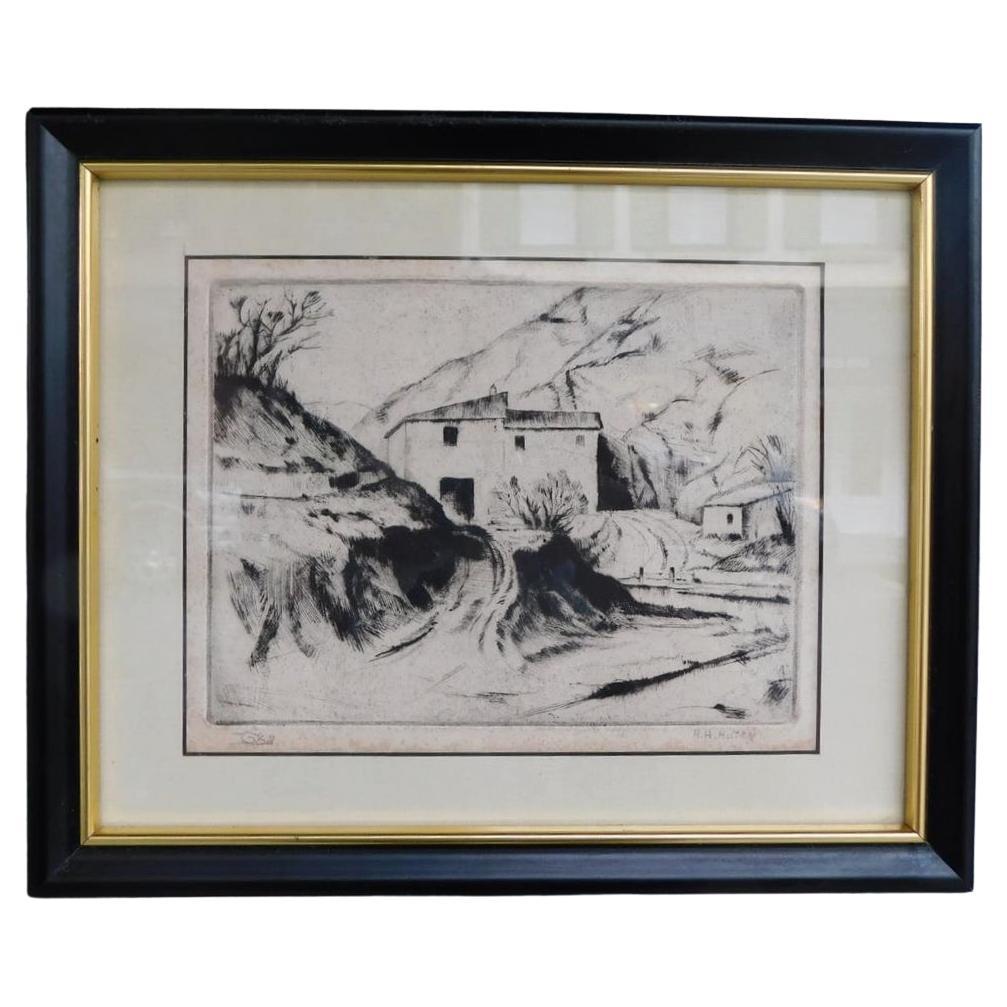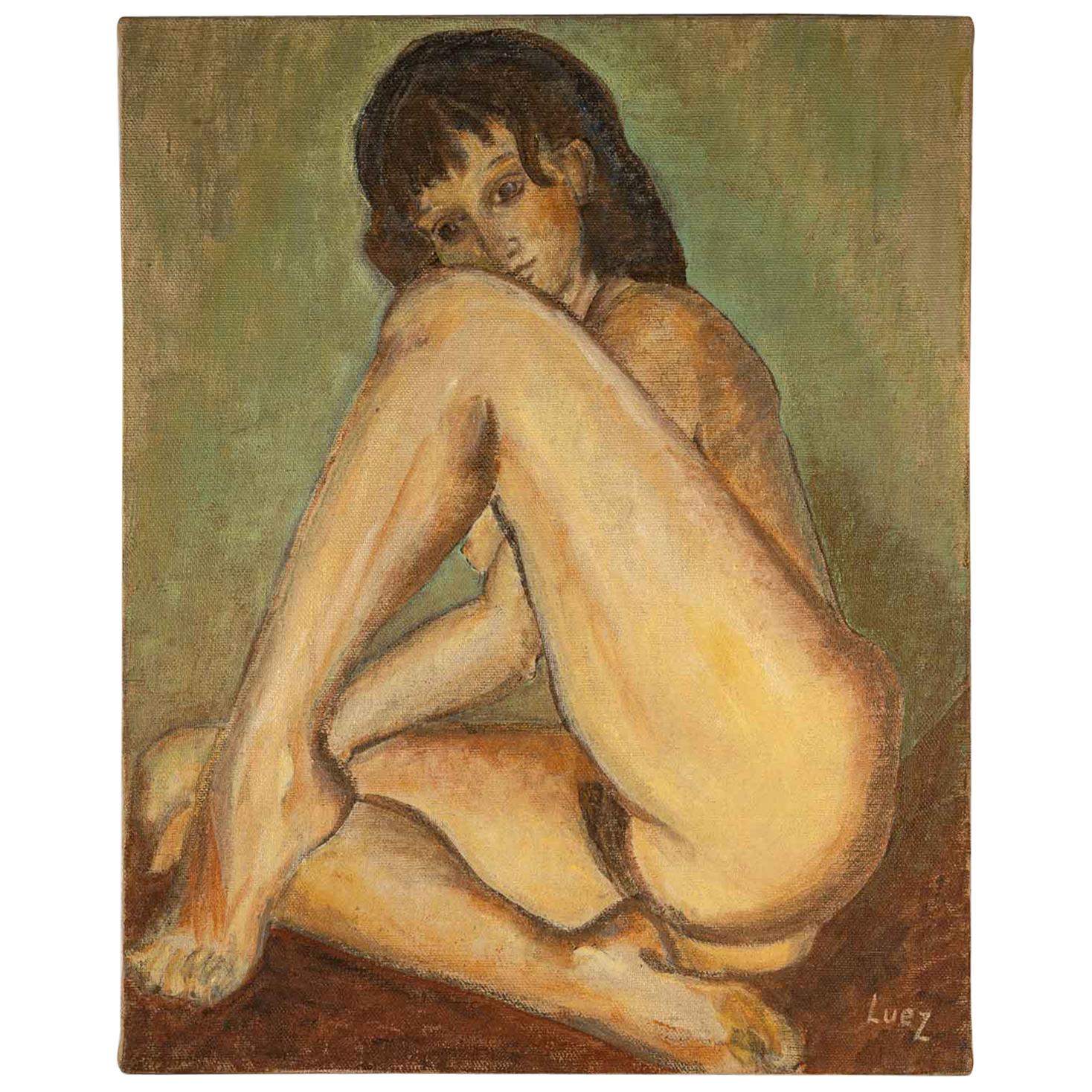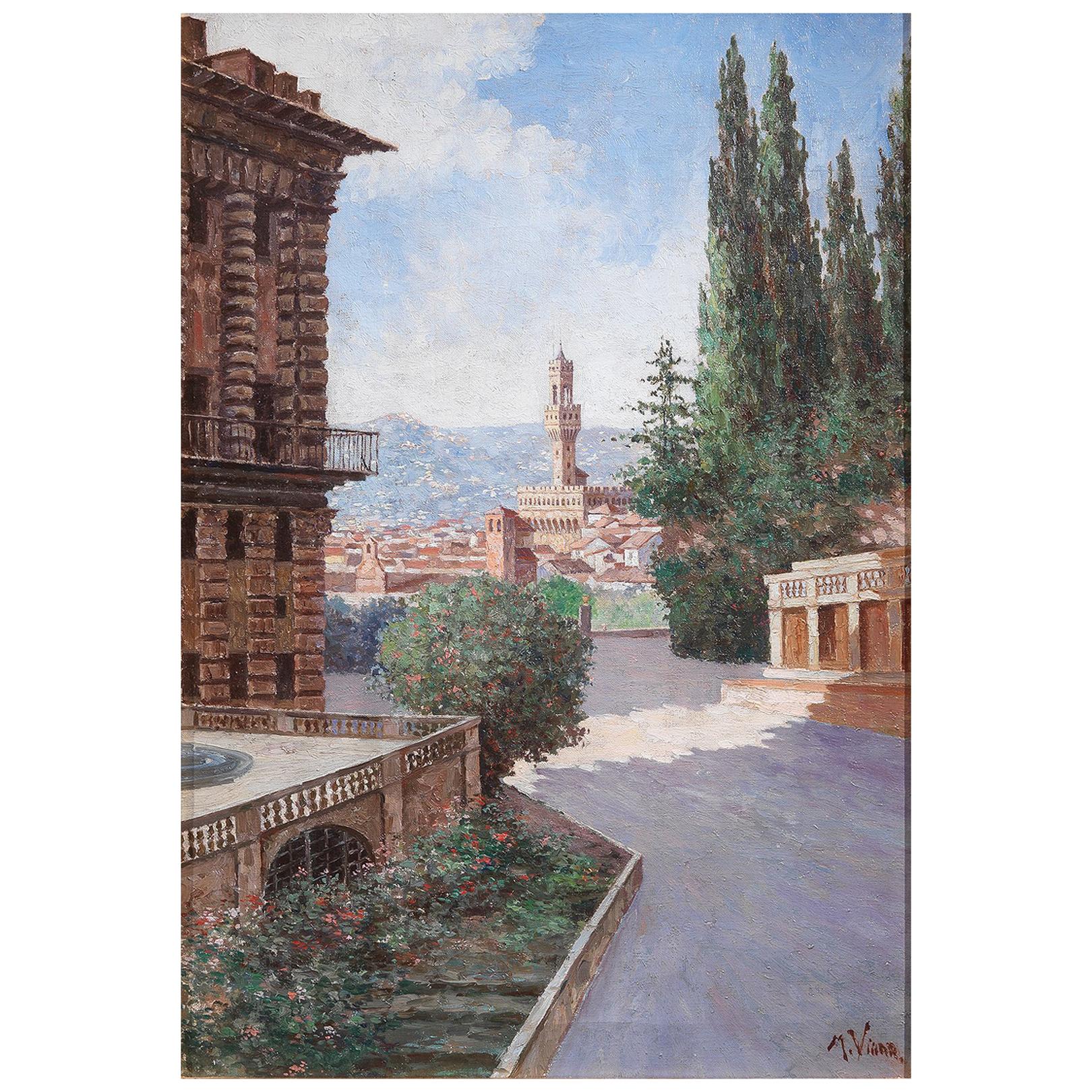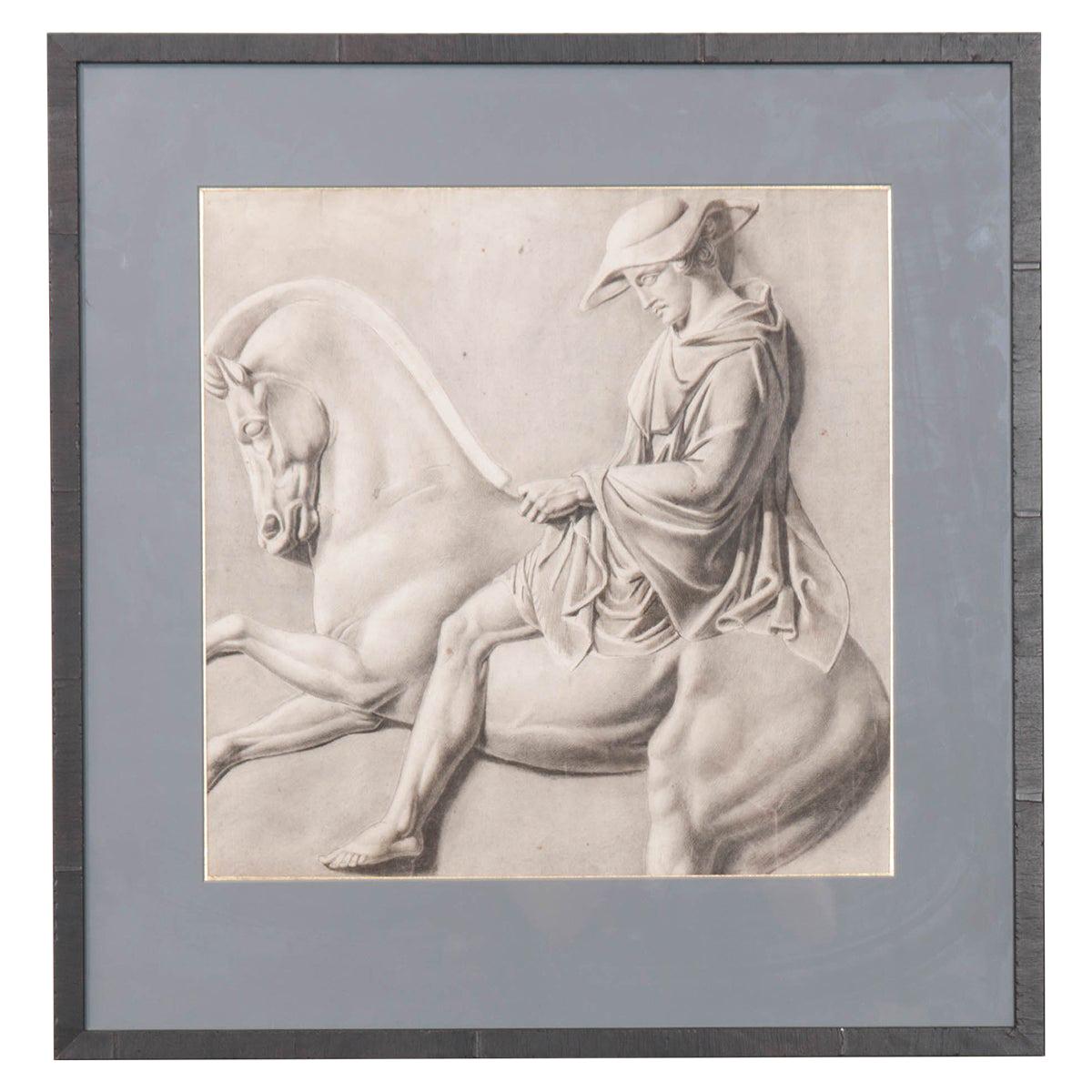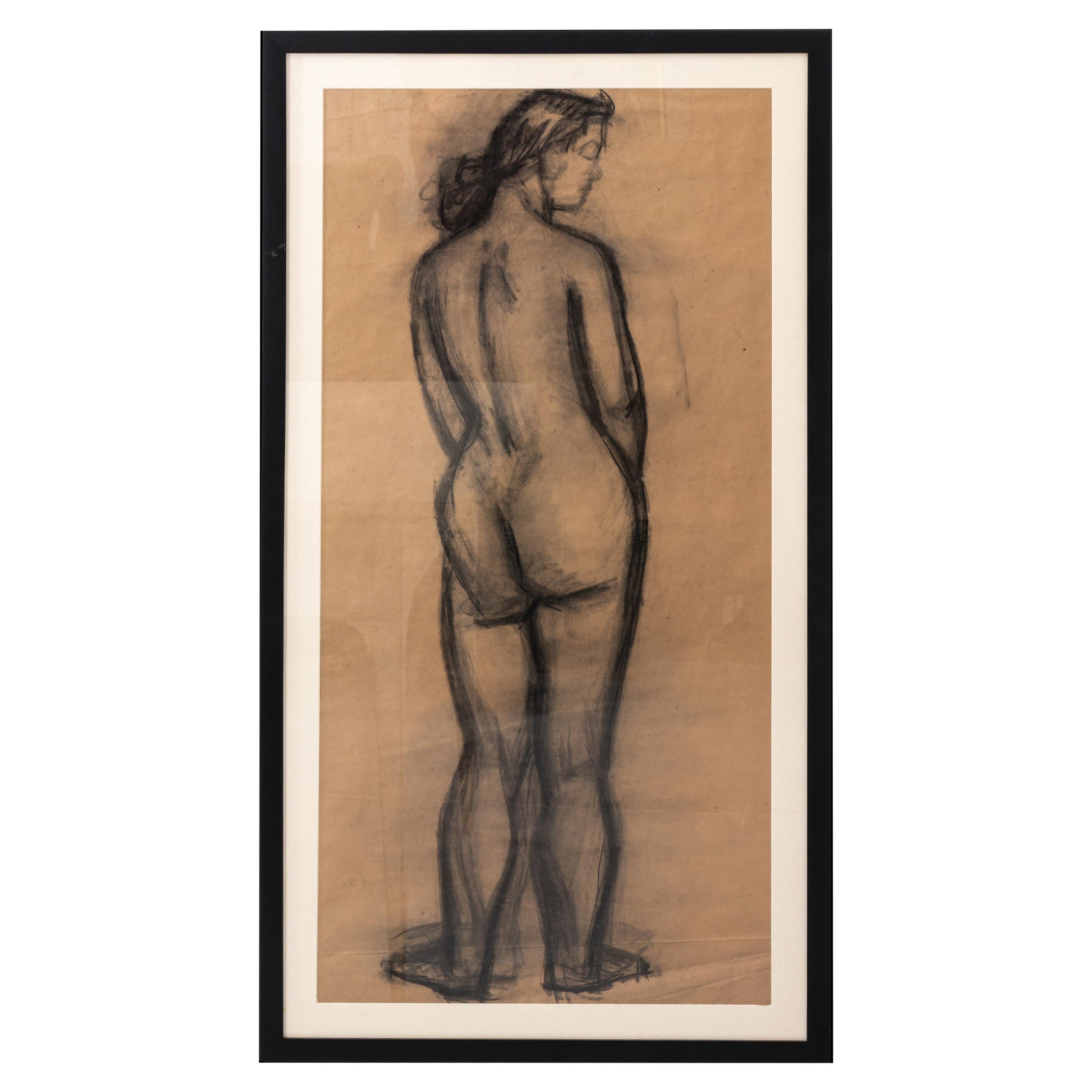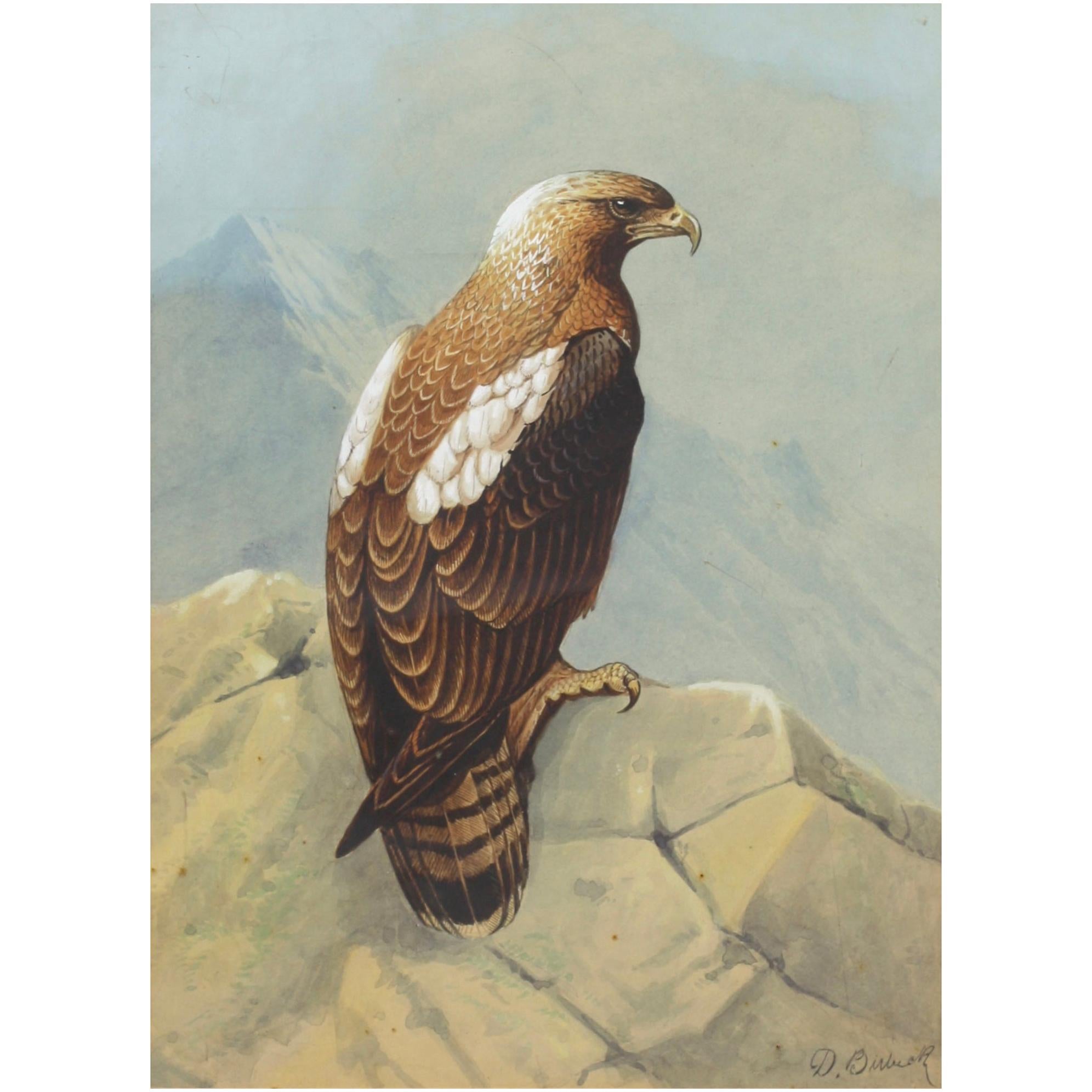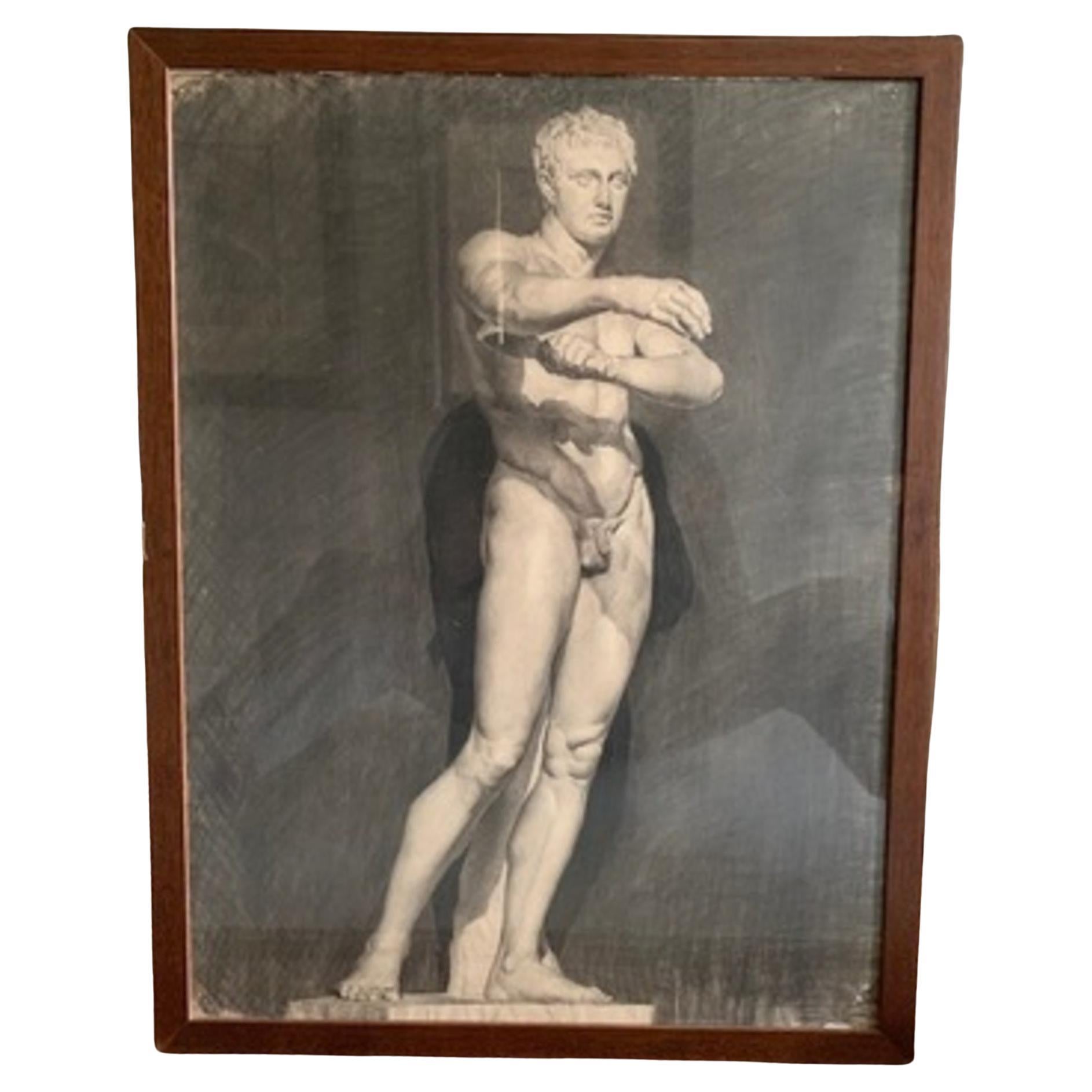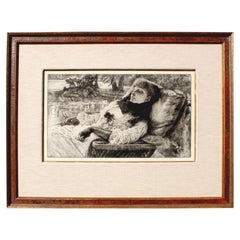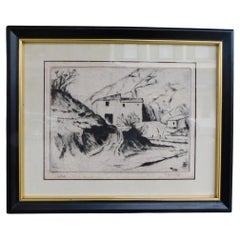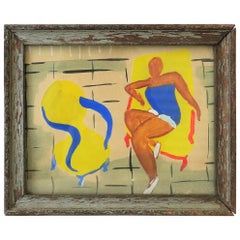
Artur Zahn 20th Century Industrial Design Original Dry Point Etching, circa 1925
View Similar Items
1 of 4
Artur Zahn 20th Century Industrial Design Original Dry Point Etching, circa 1925
About the Item
- Creator:Artur Zahn (Artist)
- Dimensions:Height: 22.05 in (56 cm)Width: 24.81 in (63 cm)Depth: 1.19 in (3 cm)
- Style:Bauhaus (Of the Period)
- Materials and Techniques:Paper,Etched
- Place of Origin:
- Period:
- Date of Manufacture:circa 1925
- Condition:Wear consistent with age and use. This Object is absolutely Classic Industrie Design !
- Seller Location:Osnabrück, DE
- Reference Number:Seller: Sales Manager1stDibs: LU3539310542723
You May Also Like
- James Jacques Joseph Tissot "Soirée d'été" 'Summer Evening' Etching & Dry PointBy James TissotLocated in Los Angeles, CAA fine French 19th century etching and drypoint Titled "Soirée d'été" (Summer Evening) by Jacques Joseph Tissot (French, 1836-1902) depicting Mrs. Kathleen Newton resting on a lounge chair. Signed and dated (l/l): J.J. Tissot, 1881 in the plate. Under the mat, the front of the sheet inscribed in pencil with a '1' in a circle, the verso of the sheet with old price inscription "450-" in pencil. Circa: 1881-1882. Measures: Plate Height: 9 inches (22.9 cm) Plate Width: 15 1/2 inches (39.4 cm) Sheet Height: 14 1/2 inches (36.8 cm) Sheet Width: 20 5/8 inches (52.4 cm) Frame Height: 19 inches (48.3 cm) Frame Width: 24 1/2 inches (62.2 cm) Frame Depth: 1 1/8 inches (2.9 cm) Literature: Wentworth 56. Note: Tissot's from 1881 is said to depict his lover, the Irish divorcee Mrs. Kathleen Newton, resting on a lounge chair. Provenance: Private collection, Los Angeles, California Jacques Joseph Tissot (French, 15 October 1836 – 8 August 1902), Anglicized as James Tissot, was a French painter and illustrator. He was a successful painter of Paris society before moving to London in 1871. He became famous as a genre painter of fashionably dressed women shown in various scenes of everyday life. He also painted scenes and characters from the Bible. Jacques Tissot was born in the city of Nantes in France and spent his early childhood there. His father, Marcel Théodore Tissot, was a successful drapery merchant. His mother, Marie Durand, assisted her husband in the family business and designed hats. A devout Catholic, Tissot's mother instilled pious devotion in the future artist from a very young age. Tissot's youth spent in Nantes likely contributed to his frequent depiction of shipping vessels and boats in his later works. The involvement of his parents in the fashion industry is believed to have been an influence on his painting style, as he depicted women's clothing in fine detail. By the time Tissot was 17, he knew he wanted to pursue painting as a career. His father opposed this, preferring his son to follow a business profession, but the young Tissot gained his mother's support for his chosen vocation. Around this time, he began using the given name of James. By 1854 he was commonly known as James Tissot; he may have adopted it because of his increasing interest in everything English. In 1856 or 1857, Tissot travelled to Paris to pursue an education in art. While staying with a friend of his mother, painter Elie Delaunay, Tissot enrolled at the Ecole des Beaux-Arts to study in the studios of Hippolyte Flandrin and Louis Lamothe. Both were successful Lyonnaise painters who moved to Paris to study under Jean-Auguste-Dominique Ingres. Lamothe provided the majority of Tissot's studio education, and the young artist studied on his own by copying works at the Louvre, as did most other artists of the time in their early years. Around this time, Tissot also made the acquaintance of the American James McNeill Whistler, and French painters Edgar Degas (who had also been a student of Lamothe and a friend of Delaunay), and Édouard Manet. In 1859, Tissot exhibited in the Paris Salon for the first time. He showed five paintings of scenes from the Middle Ages, many depicting scenes from Goethe's Faust. These works show the influence in his work of the Belgian painter Henri Leys (Jan August Hendrik Leys), whom Tissot had met in Antwerp earlier that same year. Other influences include the works of the German painters Peter Von Cornelius and Moritz Retzsch. After Tissot had first exhibited at the Salon and before he had been awarded a medal, the French government paid 5,000 francs for his depiction of The Meeting of Faust and Marguerite in 1860, with the painting being exhibited at the Salon the following year, together with a portrait and other paintings. Émile Péreire supplied Tissot's painting Walk in the Snow for the 1862 international exhibition in London; the next year three paintings by Tissot were displayed at the London gallery of Ernest Gambart. In about 1863, Tissot suddenly shifted his focus from the medieval style to the depiction of modern life through portraits. During this period, Tissot gained high critical acclaim, and quickly became a success as an artist. Like contemporaries such as Alfred Stevens and Claude Monet, Tissot also explored Japonisme, including Japanese objects and costumes in his pictures and expressing style influence. Degas painted a portrait of Tissot from these years (Metropolitan Museum of Art, New York), in which he is sitting below a Japanese screen hanging on the wall. Still on Top, 1873 Tissot fought in the Franco-Prussian War as part of the improvised defense of Paris, joining two companies of the Garde Nationale and later as part of the Paris Commune. His 1870 painting La Partie Carrée (The Foursome) evoked the period of the French revolution. Either because of the radical political associations related to the Paris Commune (which he was believed to have joined mostly to protect his own belongings rather than for shared ideology), or because of better opportunities, he left Paris for London in 1871. During this period, Seymour Haden helped him to learn etching techniques. Having already worked as a caricaturist for Thomas Gibson Bowles, the owner of the magazine Vanity Fair, as well as exhibited at the Royal Academy, Tissot arrived with established social and artistic connections in London. Tissot used...Category
Antique Late 19th Century French Victorian Drawings
MaterialsGlass, Wood, Paper
$4,850 Sale Price24% Off - American Dry Point Engraved Etching Italian House on Hill Side, A. Hutty C 1920By Alfred HuttyLocated in Hollywood, SCAmerican dry point engraved landscape etching Italian House on Hill Side, Alfred H. Hutty, Early 20th centuryCategory
Vintage 1920s American Modern Drawings
MaterialsPaper
- Artwork Painting 'after' Matisse, circa Early 20th CenturyBy (after) Henri MatisseLocated in New York, NYThis is a beautiful early 20th century artwork painting study after artist Henri Matisse (French b. Dec. 31 1869 d. Nov. 3 1954.) Female on lounge ch...Category
Early 20th Century Modern Paintings
MaterialsGlass, Wood, Paint, Paper
- Drawing "Blanche", 20th CenturyLocated in Cypress, CA20th century drawing of a dress. Inscribed: "Machida (Crossed) Blanche" "La familia de la danie" (On back).Category
20th Century Drawings
MaterialsGlass, Wood, Paper
- Nude Woman, 20th CenturyLocated in Saint-Ouen, FRNude Woman, oil on canvas, 20th century. Evelyne Luez, Ecole de Paris Measures: H: 81, W: 65 cm, D: 2 cm.Category
20th Century French Drawings
MaterialsCanvas
$1,039 - Italian School, 20th CenturyLocated in Firenze, ITSHIPPING POLICY: No additional costs will be added to this order. Shipping costs will be totally covered by the seller (customs duties included). A view of the Pitti Palace, Floren...Category
20th Century Italian Art Nouveau Paintings
MaterialsCanvas
Recently Viewed
View AllMore Ways To Browse
Dry Point Etching Framed
Vintage Furniture Drawing
Antique Furniture Drawings
Antique Furniture Drawing
French 18th Century Drawing
Art Deco Sketch
Set Of Architectural Drawings
Fashion Design Sketch
Unsigned Drawing
Theatre Design Drawings
Auto Wall Art
1940s Male Nude
Swatch Wall
Framed Greek Art Deco
Paul Jouve
Antique Male Drawings
Single Line Drawing
De Castelli

